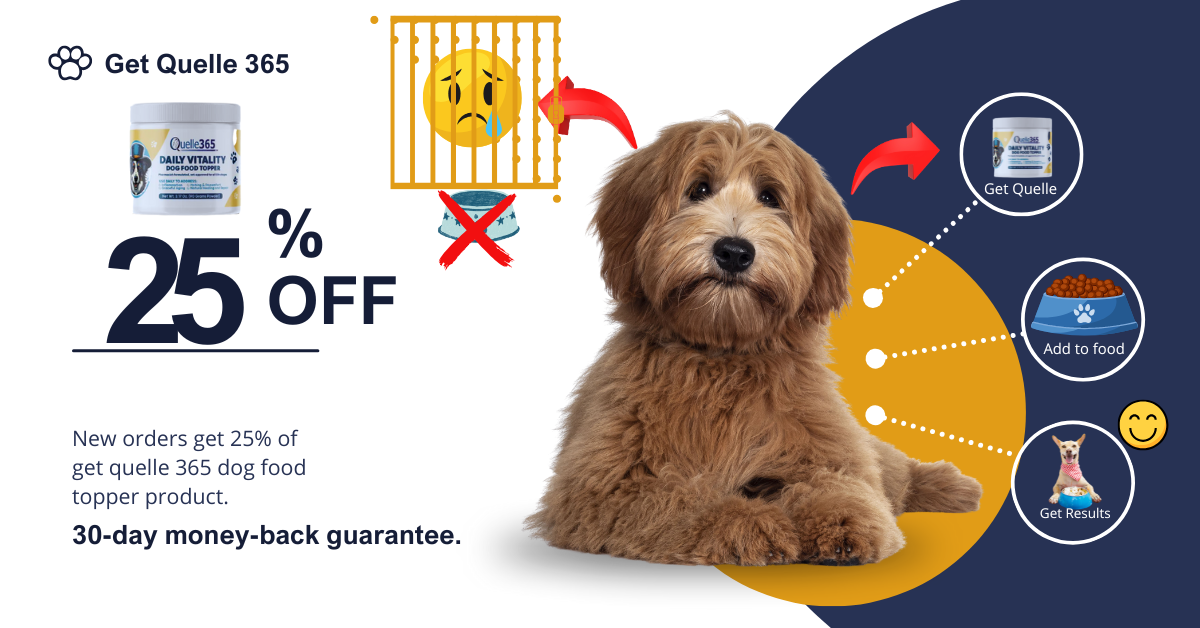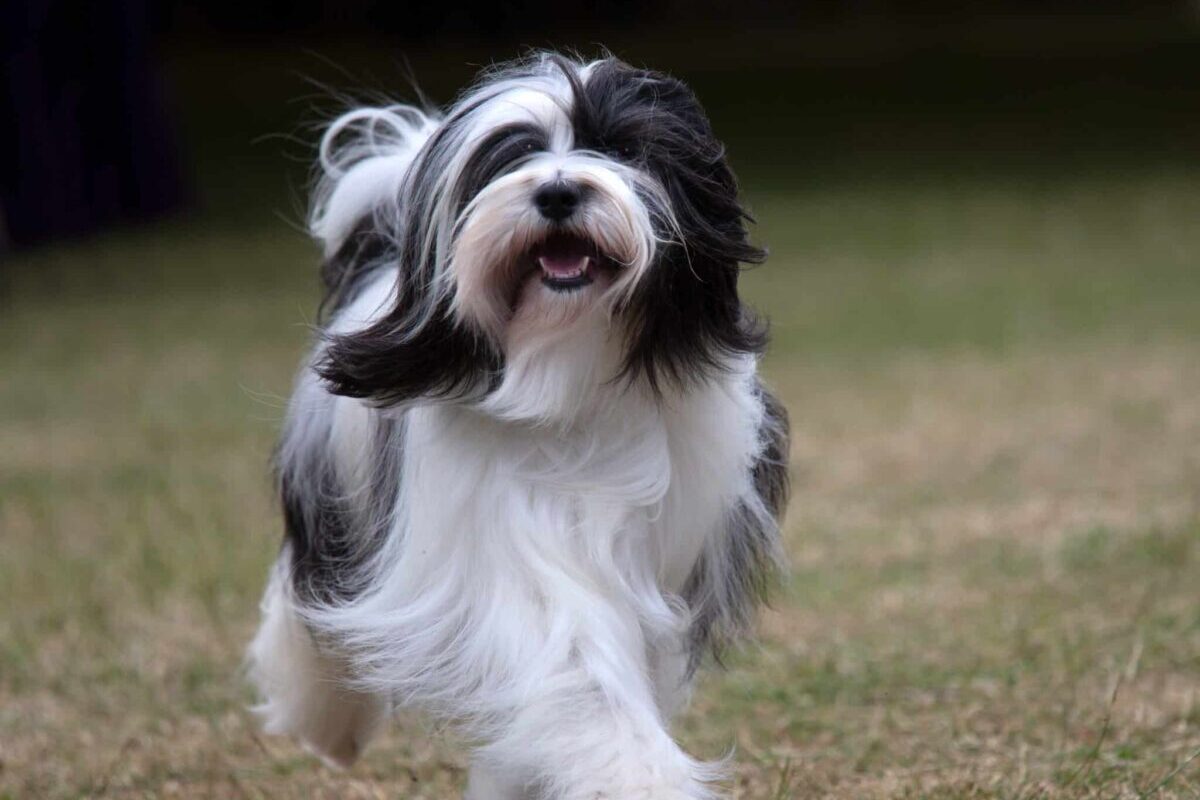- Height: 7 to 10 inches
- Weight: 8 to 10 pounds
- Breed Group: toy
- Personality: loyal, alert, curious
- Coat: can be short or medium length, wiry or smooth
- Color: beige, black, black and tan, red
- Life Expectancy: 12 to 15 years
Speaking of dogs whose faces you can’t deny, how absolutely adorable are these teeny doggos? If their puggy little faces and tiny teeth don’t steal your heart, then you’ll certainly fall for the huge personalities packaged in their tiny bodies. One of the most affectionate dog breeds, these are great for families and seniors since they love companionship and aren't going to bowl anyone over with their heft. Though most Brussels griffons average between eight to ten pounds, they’re quite vocal, energetic and are easily chummy with new people.
Things to Consider When Choosing a Dog Breed
“Imagine your average day with a dog, not just an occasional weekend when you’d go on a long walk and spend all day with your dog,” says Levy, who as a dog trainer has insight into pet-human interaction. “Ask yourself how much exercise you could realistically provide daily, how often you would need to leave your dog alone, and how much time and effort you want to invest in dog training. The answers to these questions will help you determine whether a high-energy or extra-intelligent breed would suit you, or if more of a couch potato would be a better fit.”
Rover pet panelist Phil Tedeschi, an expert on the human-animal bond, says that dog breed traits are a good place to start choosing your furry companion: “In general, DNA and breed traits can offer useful information to start researching about your dog, whether you're a first-time pet parent or not. It's important to recognize that each dog has unique genetic contributions and species and breed specific knowledge coupled with appreciation for the individual personality of each dog offers the most sure-footed way to find what works best for their wellbeing.”
Finally, you'll want to consider the basics every canine needs. When and where will you fit in daily walks (morning and night), nail trimming (at least monthly), regular vet visits (at least twice per year) and quality time? Think about your proximity to local dog parks and reputable veterinarians. Do you travel frequently for work? Do you have a partner who is equally as busy or who might have more time to devote to a dog? Is this a dog that will socialize with other pets you already have?
High-Maintenance Dog Breeds to Avoid for First Time Owners
Experts agree that factors that go into making high-maintenance dog breeds are high-energy, focus-driven pets. “Avoid working-line breeds and dogs bred for specific purposes, such as HPR types (e.g., Hunt, Point and Retrieve),” says Levy. “Common mistakes I see include choosing breeds like the Vizsla, Malinois, German Shepherd or the working-line cocker spaniel.”
Ellis says “herding dogs such as the Australian Cattle dog and border collies can be some of the most hyperactive dogs; Other highly energetic dog breeds include Bernese Mountain Dogs, German Shepherds and Dalmatians. Interestingly, the DNA of most Dachshunds and Yorkshire Terriers suggests they are more likely to experience separation anxiety, according to animal geneticist Caitlyn Bruns. And finally, according to Rover pet care, there are some calm or low-energy dog breeds perceived as low-maintenance but whose grooming needs, health issues or temperament make them more demanding than others. They include, Bichon Frise, who need regular grooming to maintain their coat’s appearance and prevent matting, and can become anxious or destructive if left alone for long periods but can be prevented with early training. Further, Chow Chows are another breed that can be mistakenly assumed to be low-maintenance but are also prone to a variety of health issues, including hip dysplasia and eye problems, and require early socialization and training to prevent aggression towards strangers and brachycephalic breeds including French and English bulldogs who can face not only difficulties breathing but also allergies and skin issues which need veterinary attention.
What Is the Easiest Dog Breed for First-Time Owners?
Levy recommends considering show line Labradors, Shih Tzu and golden retrievers. Ellis says that first-time owners who are elderly couples might want to consider poodles or Cavalier King Charles Spaniel, both trending breeds in the U.S. today, as well as corgis. For apartment dwellers, she recommends Cavalier King Charles Spaniels, Shih Tzus, Boston Terriers and Great Danes. Um? Great Danes? “Great Danes can also be amazing apartment pets,” she says. “The name ‘gentle giant’ is super fitting with this breed, whose calm demeanor makes them perfect for small-space living.” Ellis also says that first-time owners might want to consider their travel plans when choosing a pet. “If you travel across the U.S. often or for long periods and want to bring your dog with you, then you may want to consider a dog that is under 18 pounds that can easily travel in cabin with you,” she says.
Summarizing Low-Maintenance Dog Breeds for First Time Owners
The good news is that even if you have a hectic lifestyle, providing terrific care and love for your canine family member is genuinely easier than it’s ever been. There are apps that let you track your dog’s activity while you’re away, automatic feeders to make sure your dog gets the right amount of food on a solid schedule, dog walking companies to guarantee exercise throughout the day and so much more.
However, nothing beats a snuggle session between you and your dog after a long day. If you don’t have time for joyful play here and there and quiet, cuddly bonding time, maybe consider a goldfish until your lifestyle cools down.





